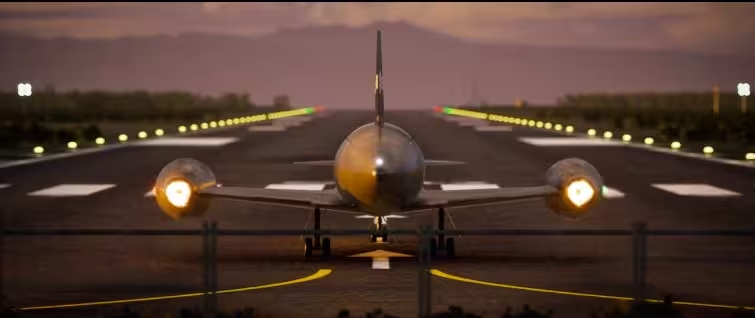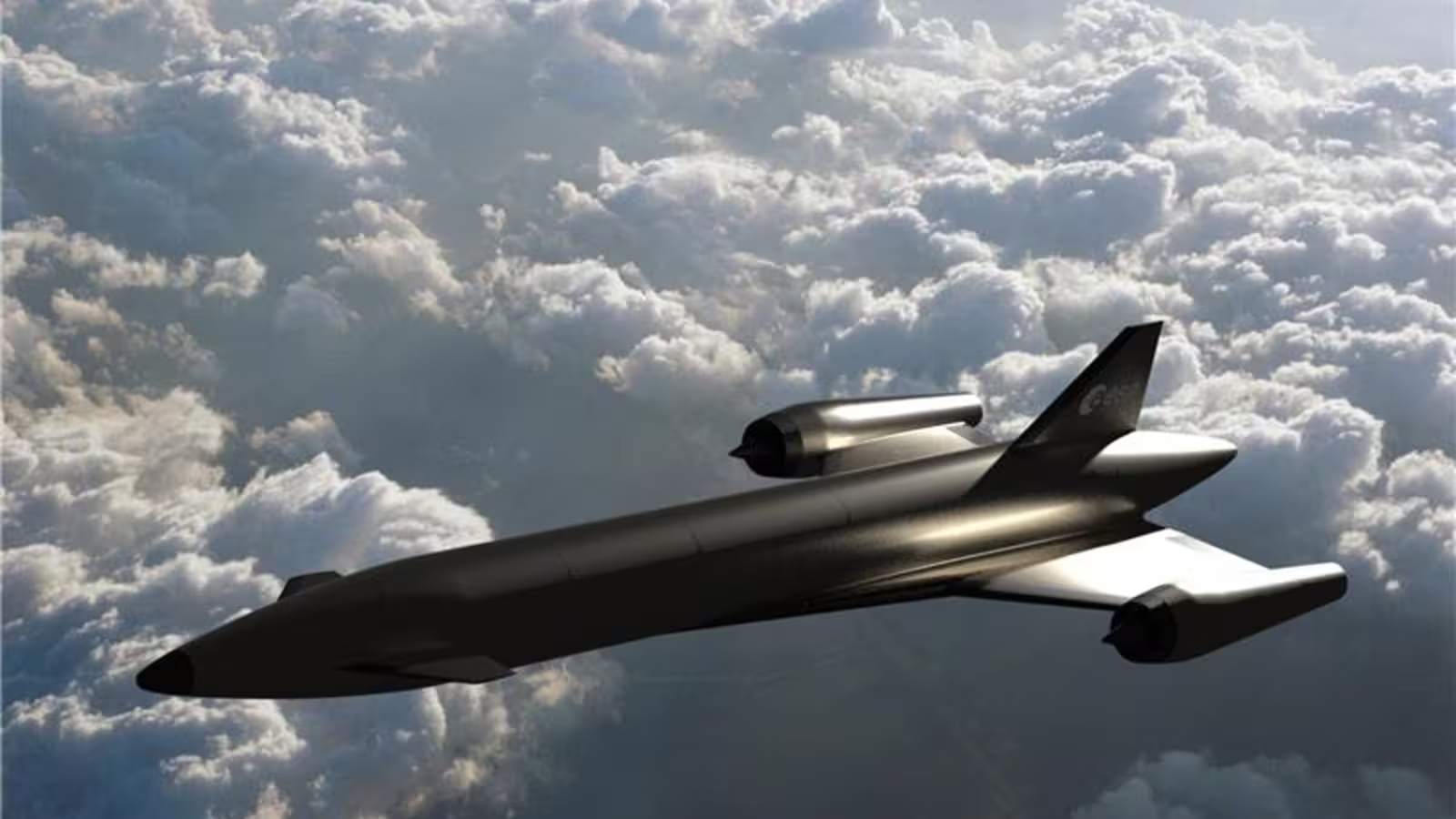3 Minutes
Europe Enters the Hypersonic Race with Invictus
For years, hypersonic aircraft innovation has largely originated from North American companies, often focusing on testbed platforms for advanced research. However, a new European initiative is poised to shift the balance. Dubbed Invictus, this groundbreaking venture is not just another high-speed test project—it’s a vision to develop a reusable hypersonic spaceplane capable of conventional runway takeoff and reaching the edge of space.
The Consortium Behind Invictus
At the helm of the Invictus program is the European Space Agency (ESA), leading a robust consortium comprising Frazer-Nash, Spirit AeroSystems, and Cranfield University. Announced earlier this year, Invictus aims to deliver Europe's first Mach 5 (3,836 mph / 6,174 kph) aircraft, ushering in a new era for the continent's aerospace capabilities.

Innovative Air-Breathing Propulsion
A standout feature of Invictus is its advanced hydrogen-fueled, precooled air-breathing propulsion system. Unlike traditional rocket engines, this next-generation tech draws in atmospheric oxygen, enabling efficient, sustained high-speed flight. The propulsion system’s precooler is based on ESA’s Synergistic Air-Breathing Rocket Engine (SABRE), developed in partnership with Reaction Engines. Early tests have demonstrated the system’s remarkable ability to cool superheated air in mere fractions of a second, a critical factor for reliable Mach 5 operations.
Open Questions and Flexible Design
Given the ambitious scale and early stages of Invictus, many specifics remain undecided. Will the aircraft ultimately serve as a crewed vehicle, or will it primarily function as a state-of-the-art hypersonic testbed? Might it support military, civilian, or space exploration missions—or perhaps all three? The project's scope is intentionally broad, with the current objective being the creation of a comprehensive concept design, integrating cutting-edge reusable aerospace systems.
Comparisons and Market Advantages
Compared to most ongoing hypersonic initiatives—which often cater to niche research or defense-driven needs—Invictus sets itself apart with its focus on reusability and versatility. By leveraging hydrogen propulsion and innovative precooler technology, the platform promises not only record-breaking speed but also enhanced efficiency, environmental performance, and operational flexibility. This could ultimately make Invictus a cornerstone for future European spaceplane and aerospace markets.

Potential Use Cases
If successful, Invictus could serve a variety of high-value use cases: from satellite launches and rapid suborbital travel to hypersonic research and defense applications. Its ability to operate from standard runways vastly expands potential deployment scenarios and user accessibility, meeting both governmental and commercial demands.
Timeline and Next Steps
The roadmap is ambitious. By next summer, the consortium aims to finalize a preliminary design for the complete flight system, incorporating integrated advanced technologies. The inaugural flight for the Invictus hypersonic aircraft is scheduled for early 2031, setting an exciting timeline for Europe's emergence as a leader in hypersonic aviation.
Invictus isn’t just another aircraft—it's a bold leap toward the future of reusable hypersonic spaceplane technology, positioning Europe at the forefront of aerospace innovation.
Source: autoevolution



Comments